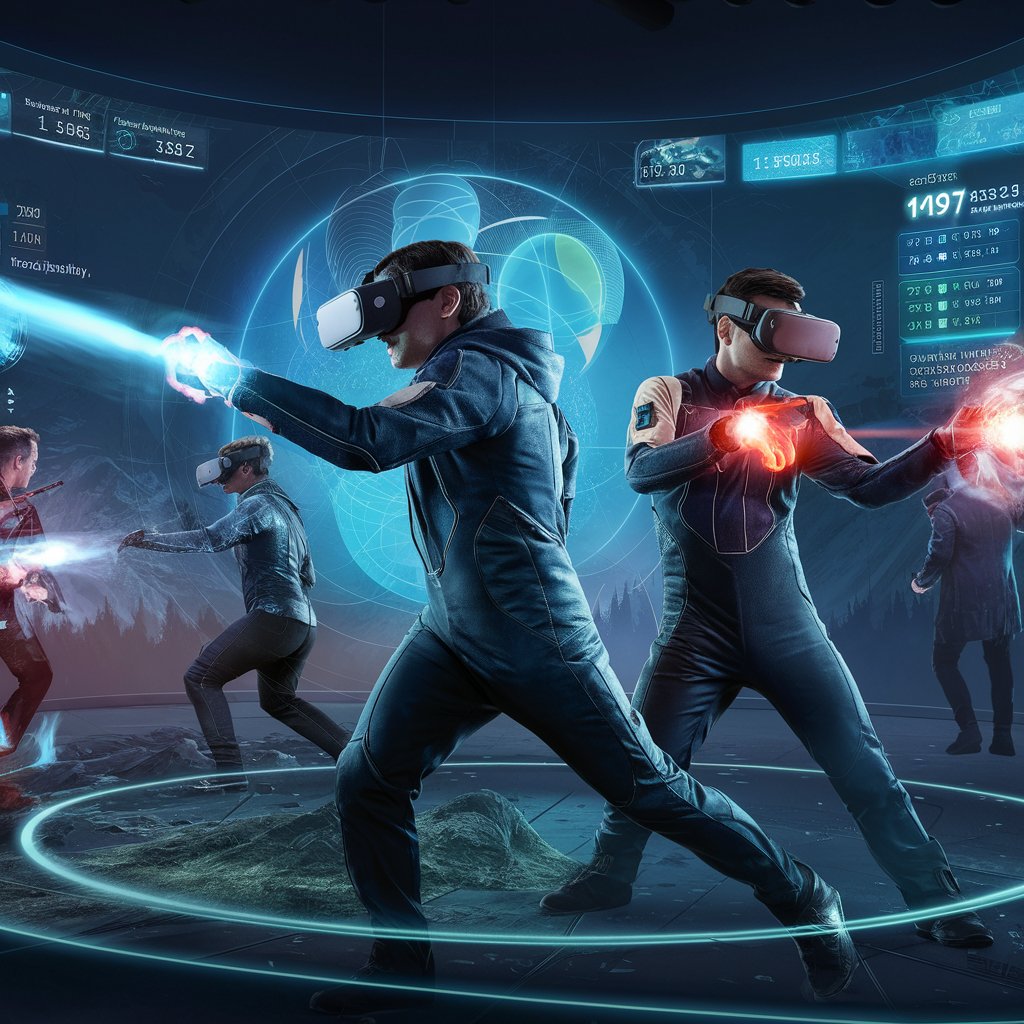Virtual reality (VR) gaming is transforming the landscape of interactive entertainment, offering players an experience that goes beyond traditional gaming. By immersing players in a three-dimensional virtual environment, VR creates a level of engagement and presence previously unattainable with standard consoles or PCs. This shift is not only enhancing gameplay but also altering the fundamental way players interact with digital worlds and each other.
One of the most significant changes brought about by VR gaming is the heightened sense of immersion. Unlike conventional gaming, where players view the action from a fixed screen, VR places them directly into the game. This immersive experience is achieved through VR headsets that offer a wide field of view and high-resolution displays, paired with motion tracking sensors that translate players’ physical movements into the virtual space. As a result, players can look around and interact with their environment as if they were physically present, making the gaming experience more intuitive and engaging.
The advent of VR gaming has also led to the development of new gameplay mechanics and genres. Traditional game design often relies on controllers and buttons, but VR introduces novel interaction methods, such as hand tracking and gesture-based controls. This innovation enables players to manipulate objects and navigate virtual environments in ways that closely mimic real-life actions. For instance, in a VR puzzle game, players might physically reach out to grab and move pieces, creating a more tactile and satisfying experience compared to pressing buttons on a controller.
Furthermore, VR gaming is reshaping social interactions within the gaming community. Multiplayer VR experiences allow players to meet and interact in shared virtual spaces, fostering a sense of presence and camaraderie that is challenging to achieve in traditional online games. Players can communicate through voice chat, engage in collaborative activities, and even participate in virtual events or gatherings, blurring the lines between the digital and physical worlds. This new form of social interaction enhances the overall gaming experience, making it more dynamic and inclusive.
The impact of VR gaming extends beyond personal enjoyment, influencing various aspects of gaming culture and industry practices. Game developers are increasingly exploring VR as a platform for creative expression and innovation. The demand for VR content is driving studios to experiment with new storytelling techniques, interactive narratives, and immersive environments that push the boundaries of conventional gaming. As a result, VR is becoming a breeding ground for creative ideas and groundbreaking gameplay experiences.
Moreover, the integration of VR technology into gaming is prompting advancements in hardware and software. The continuous improvement of VR headsets, controllers, and motion tracking systems is making the technology more accessible and affordable for consumers. This progress is likely to further accelerate the adoption of VR gaming, as more players seek out the unique experiences it offers. Additionally, the growth of VR gaming is stimulating investment in related fields, such as augmented reality (AR) and mixed reality (MR), which may lead to even more innovative applications of immersive technology.
In conclusion, VR gaming is significantly altering the way we play and interact with digital content. By providing a more immersive and interactive experience, VR is pushing the boundaries of traditional gaming and introducing new possibilities for gameplay and social interaction. As the technology continues to evolve, it is expected to shape the future of gaming, offering exciting opportunities for players and developers alike.

